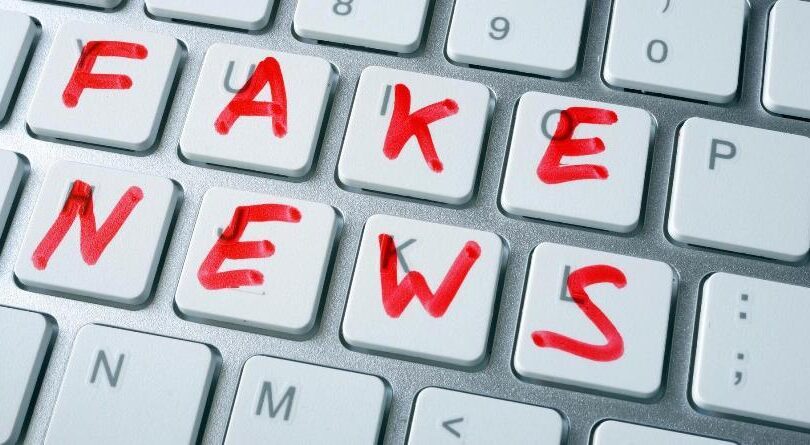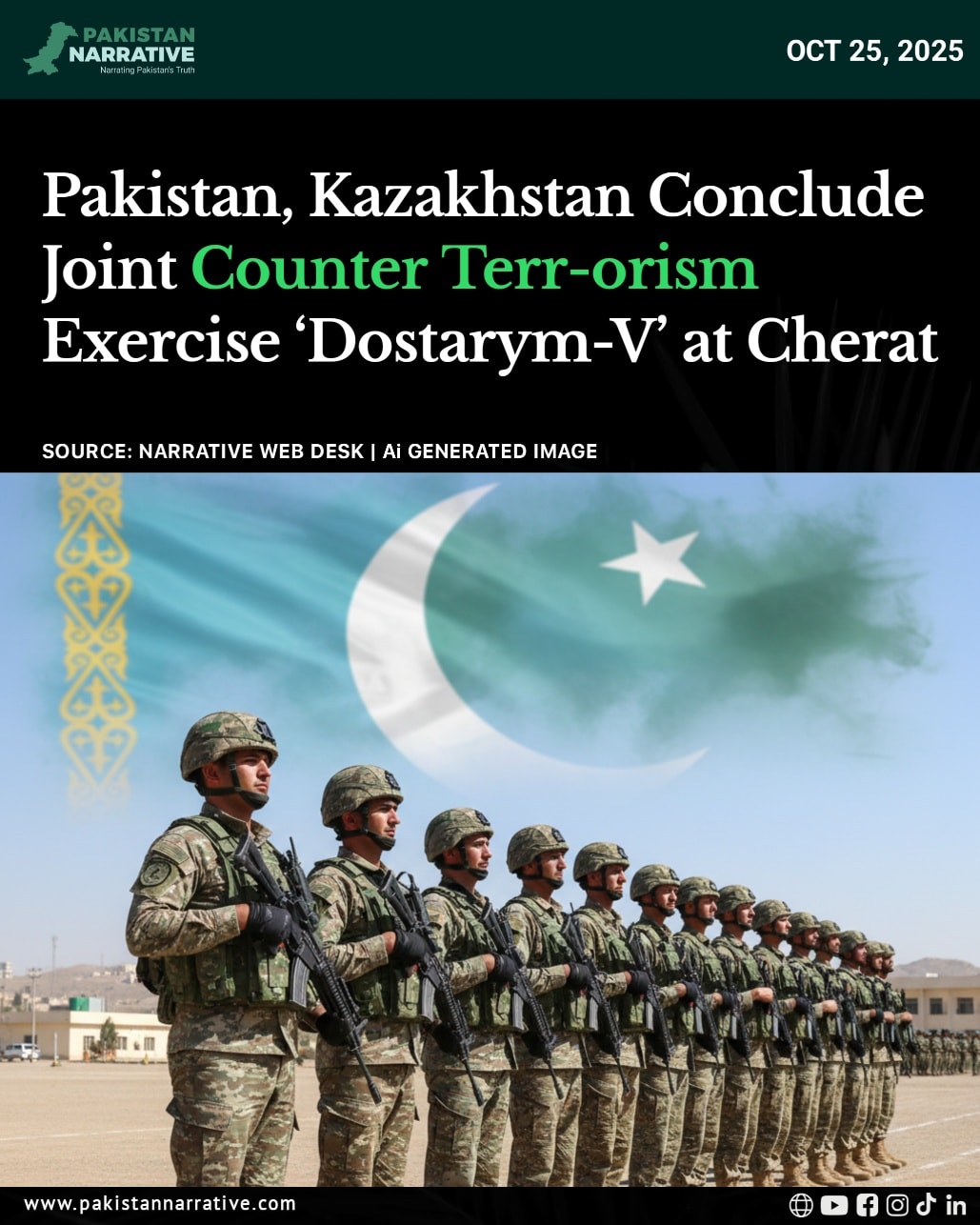“Fake news” refers to fabricated information that imitates legitimate news media in form, but not in intent or process. Unlike reputable journalism, fake news sources lack established editorial standards and fact-checking protocols that ensure accuracy and credibility.
Fake news overlaps with two related concepts:
- Misinformation – false or misleading information shared without malicious intent.
- Disinformation – false information deliberately spread to deceive or manipulate audiences.
(Source: David M. J. Lazer et al., “The Science of Fake News,” Science, Vol. 359, Issue 6380, March 9, 2018)
Why Fake News, Misinformation, and Disinformation Are Cybersecurity Threats
Although misinformation is not new, its influence has intensified due to the growing frequency and sophistication of cyberattacks, election interference, and global crises such as the COVID-19 “infodemic.”
The World Health Organization (WHO) defines an infodemic as “an overabundance of information—some accurate and some not—that occurs during an epidemic.” Such information disorders can harm public health, undermine response efforts, and weaken national crisis management.
Spreading fake news can also cause individuals to act on false beliefs, damage reputations, and erode trust. Using misinformation to support arguments diminishes one’s credibility among peers and colleagues.
Ultimately, fake news fosters distrust in all media, even among high-quality, reputable outlets.
Common Forms of Disinformation
- Deceptive advertising
- Manipulated or doctored images
- Forged documents
- Historical fabrications
- Fake broadcasts or transmissions
- Online fraud or phishing
- Counterfeit websites
- Altered Wikipedia entries
Key Statistics
- According to the 2022 Edelman Trust Barometer, 76% of respondents expressed concern about fake news and false information being used as a weapon—the highest level ever recorded.
- A Pew Research Center survey of 11,178 U.S. adults (July–August 2021) found:
- 48% believe the government should restrict false information online, even at the cost of some freedom to publish.
- 48% get their news from social media “often” or “sometimes.”
- 31% regularly consume news via Facebook.
How to Evaluate News Credibility
Becoming a critical consumer of news requires awareness and verification. Consider the following steps:
- Identify the Article Type
Determine whether the piece is factual reporting, an editorial, or an opinion column. Opinion pieces express personal viewpoints and can blur the line between fact and commentary. - Verify Information Across Sources
Cross-check the story with multiple reputable sources. Look for consistency or discrepancies among reports. - Locate Original Sources
Fake or biased sites often republish altered versions of legitimate articles. Check citations and quoted material for context and authenticity. - Assess the Author and Publication Date
Research the author’s credentials and confirm the story’s publication date. Reposting outdated stories can mislead readers about current events. - Share Responsibly
Do not share content until you have confirmed its validity. Sharing false information amplifies its reach and can generate advertising revenue for disreputable sources. - Watch for Native Advertising
Sponsored content may appear as genuine news but is designed to promote products or viewpoints. Always distinguish between editorial and paid material. - Challenge Your “Filter Bubble”
Algorithms on platforms such as Google, Facebook, and Twitter personalize content, often reinforcing existing beliefs—a phenomenon known as confirmation bias. Seek out diverse perspectives to broaden your understanding and reduce bias.
Trusted Fact-Checking Resources
| Tool | Description |
| Ad Fontes Media Bias Chart | Interactive chart rating media outlets by reliability and political bias. |
| AllSides Media Bias Ratings | Evaluates media bias using multiple methodologies to promote balanced news consumption. |
| Botometer | Developed by Indiana University’s OSoMe project; assesses whether a Twitter account is human or bot-driven. |
| FactCheck.org | Nonprofit project of the Annenberg Public Policy Center; verifies statements made by U.S. political figures. |
| Hoaxy | Visualizes how fake news spreads across social media platforms. |
| Media Bias/Fact Check (MBFC) | Independent database rating over 3,900 media entities for bias, integrity, and factual accuracy. |
| OpenSecrets | Nonpartisan research group tracking money in U.S. politics and its influence on policy. |
| PolitiFact | Evaluates statements by political figures using its “Truth-O-Meter,” from True to Pants on Fire. |
| RealorSatire.com | Determines whether a website is a legitimate news outlet or a satire site. |
| Snopes.com | One of the oldest fact-checking sites, addressing rumors, myths, and misinformation on a wide range of topics. |
Conclusion
In today’s hyperconnected world, misinformation and disinformation represent not only social and political challenges but also critical cybersecurity threats. By developing strong information literacy skills and verifying the credibility of what we read and share, we can help safeguard both individual and collective digital integrity.
About Author:
Qasim Minhas is an IT expert and cybersecurity professional with extensive experience in IT infrastructure, emerging technologies, digital security and the news media domain. He is dedicated to promote cybersecurity awareness and helping organizations strengthen their digital resilience in an ever-evolving threat landscape.





